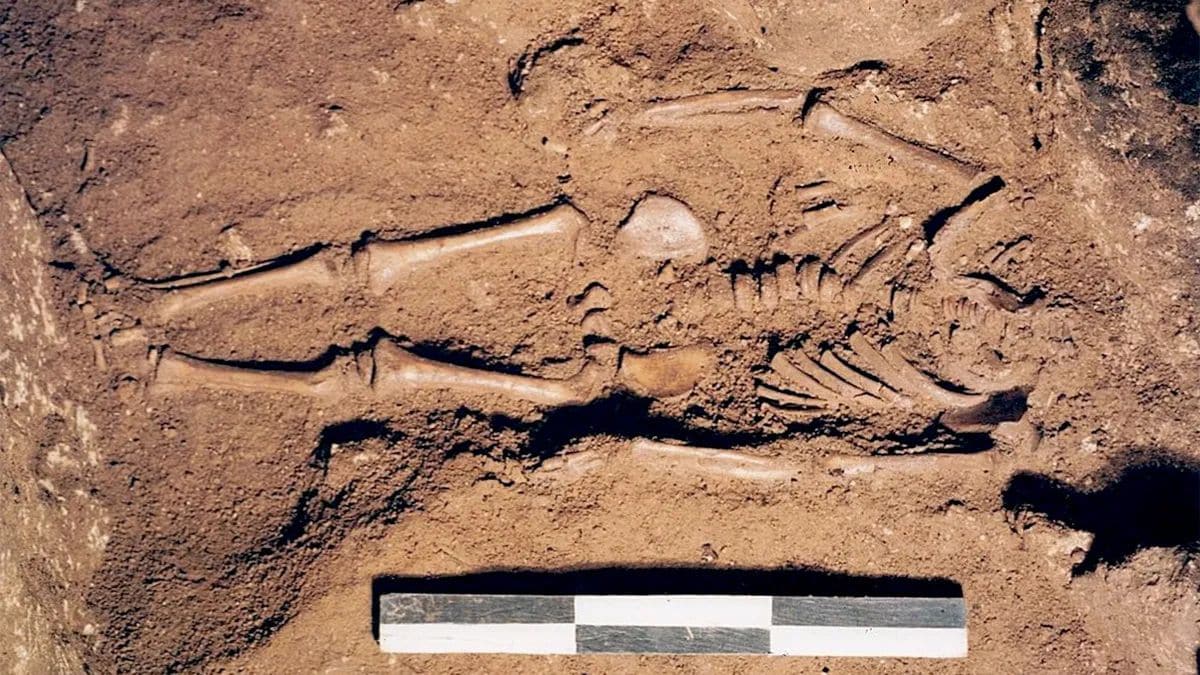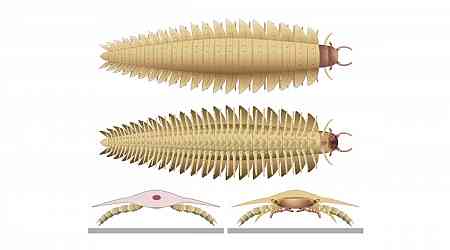A 17,000-year-old infant skeleton, found in Italy's Grotta delle Mura cave, is providing new insights into human populations during the Ice Age. Discovered in 1998, the remains were recently analyzed for DNA, allowing scientists to reconstruct aspects of the infant's appearance, ancestry, and health. The DNA results suggest that the child likely had dark skin, blue eyes, and curly hair—a combination found in other ancient European hunter-gatherers. The genetic profile connects the infant to an ancient population known as the Villabruna cluster, which lived in Europe after the Last Glacial Maximum.
This group represents an early lineage of modern Europeans, suggesting that the boy's community may have been among the earliest ancestors of later European populations.
Inherited Heart Condition Revealed
The DNA analysis also indicates that the infant may have had a genetic heart condition called hypertrophic cardiomyopathy, which causes the heart muscle to thicken. In infants, this condition can lead to congestive heart failure. This potentially explains the boy's early death at an age between seven months and one and a half years.
Teeth Analysis Reflects Health and Stress
Examination of the infant's teeth provided clues about his brief life and his mother's health. Multiple growth lines on the teeth suggest that both mother and child may have faced physiological stress, likely from malnutrition or illness, during and shortly after pregnancy. Further analysis showed that the mother remained close to her community during pregnancy, likely indicating a localized lifestyle within the Puglia region.
Preservation and Genetic Study
The child's remains was preserved in the cool environment of Grotta delle Mura. This allowed scientists to recover around 75 percent of his genome. Preservation of ancient remains in warm climates is rare, making this genetic information particularly valuable for studying early human populations.
Implications for Understanding Ice Age Populations
This research sheds light on the adaptation and migration of ancient human populations during a period of significant environmental change. Through genetic insights into the child's traits and health, scientists can better understand the lives of early Europeans and their responses to Ice Age conditions.
































